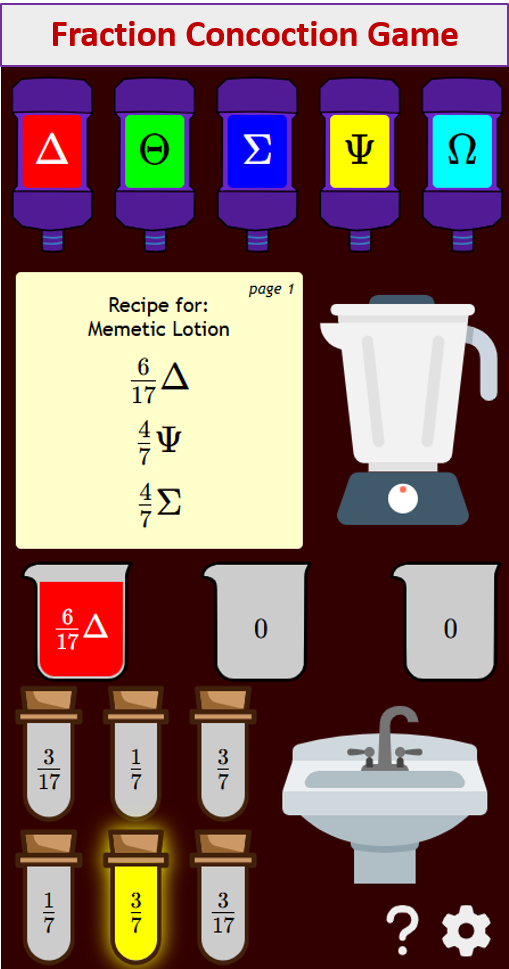

Menstrual Cycle, Embryo
Related Topics:
More Science Worksheets
Math Worksheets
A series of free Science Lessons for 7th Grade and 8th Grade, KS3 and Checkpoint Science in preparation for GCSE and IGCSE Science.
The Menstrual Cycle
The menstrual cycle is a monthly cycle in which a woman’s uterus prepares for a fertilised egg to settle and grow into a baby. If pregnancy does not occur, the lining breaks down and the woman has a period. This is also known as menstruation.
From Cell to Embryo
After fertilisation, the newly-formed zygote divides repeatedly to form a ball of cells called an embryo. This becomes implanted in the wall of the uterus.
After eight weeks of development, the embryo is called a fetus (also spelt foetus). The amniotic sac produces amniotic fluid, which surrounds and protects the developing embryo.
A placenta, connected by an umbilical cord, develops from the embryo. The placenta anchors the embryo in the uterus. It also allows nutrients and oxygen to move from the mother to the embryo and waste materials and carbon dioxide to move from the embryo to the mother. There is no physical connection between the circulatory systems of the embryo and its mother, so their blood doesn’t mix. These materials pass from one to the other by diffusion.



More Science Worksheets
Math Worksheets
A series of free Science Lessons for 7th Grade and 8th Grade, KS3 and Checkpoint Science in preparation for GCSE and IGCSE Science.
The Menstrual Cycle
The menstrual cycle is a monthly cycle in which a woman’s uterus prepares for a fertilised egg to settle and grow into a baby. If pregnancy does not occur, the lining breaks down and the woman has a period. This is also known as menstruation.
After fertilisation, the newly-formed zygote divides repeatedly to form a ball of cells called an embryo. This becomes implanted in the wall of the uterus.
After eight weeks of development, the embryo is called a fetus (also spelt foetus). The amniotic sac produces amniotic fluid, which surrounds and protects the developing embryo.
A placenta, connected by an umbilical cord, develops from the embryo. The placenta anchors the embryo in the uterus. It also allows nutrients and oxygen to move from the mother to the embryo and waste materials and carbon dioxide to move from the embryo to the mother. There is no physical connection between the circulatory systems of the embryo and its mother, so their blood doesn’t mix. These materials pass from one to the other by diffusion.
Try out our new and fun Fraction Concoction Game.
Add and subtract fractions to make exciting fraction concoctions following a recipe. There are four levels of difficulty: Easy, medium, hard and insane. Practice the basics of fraction addition and subtraction or challenge yourself with the insane level.



We welcome your feedback, comments and questions about this site or page. Please submit your feedback or enquiries via our Feedback page.